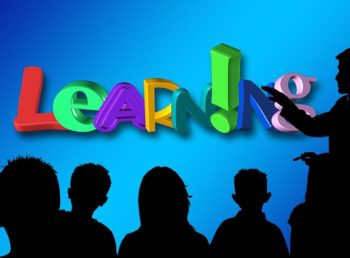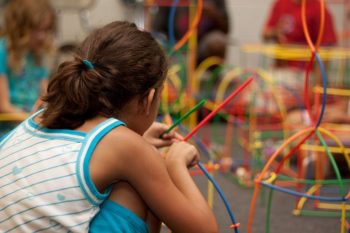 What Does Your School’s Student Performance Data Mean?
What Does Your School’s Student Performance Data Mean?
Schools are required to share outcomes with parents. Frequently, schools share information about the state student assessment outcomes on the school’s website or they invite parents to an informational session where they share and explain their outcomes. Most schools even have a specific plan for addressing gaps or areas of lower performance, and they often share these plans with parents. But parents need to ask, “Where is my voice in addressing this data?” [Read more…]


 The 10 Best Differentiated Instruction Teaching Strategies for K-12 Classrooms
The 10 Best Differentiated Instruction Teaching Strategies for K-12 Classrooms
 How Parents Help Each Child Succeed in School
How Parents Help Each Child Succeed in School Special Education Parents Provide School Support and Leadership
Special Education Parents Provide School Support and Leadership